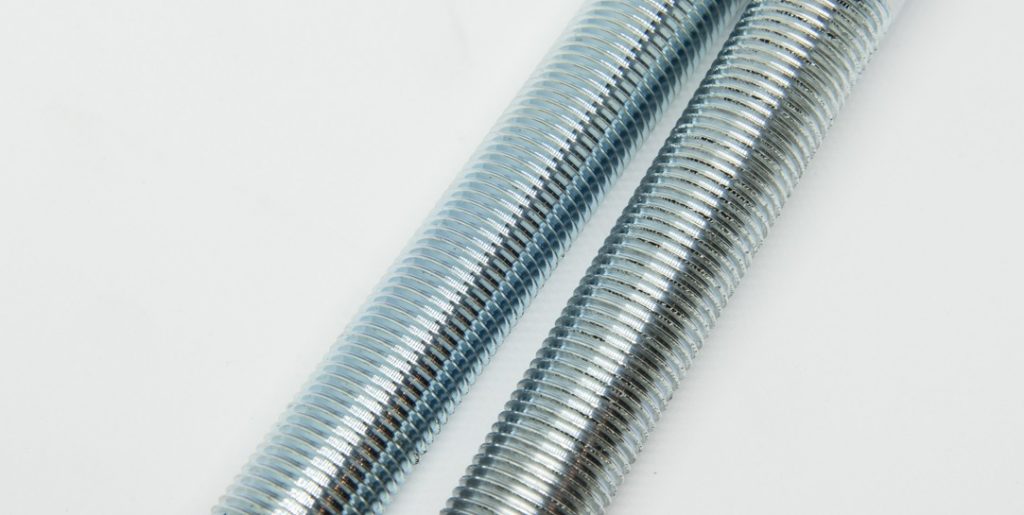
Surface treatment is required for many parts, in addition to aesthetic requirements, it can also improve the rust and corrosion resistance of parts. The quality of general electroplating is based on its corrosion resistance and appearance.
The corrosion resistance is to imitate the working environment of the product. It is set as the experimental condition. We usually use a salt spray machine to detect its corrosion resistance and perform corrosion experiments on it.
The quality of electroplated products is controlled from the following aspects:
1. Appearance
The surface of the thread after electroplating is not allowed to be partially uncoated, burnt, rough, gray, cracked, detached, etc.
2. Coating thickness
The operating life of the coating thickness in a corrosive atmosphere is proportional to its coating thickness. Generally recommended plating thickness is 0.00015in ~ 0.00050in (4 ~ 12um).
3. Uniformity
The plating metal will not be deposited evenly on the outer peripheral edge during electroplating, and the plating layer at the corners is thick. In the threaded part, the thickest coating is located on the crest of the thread, gradually thinning along the side of the thread, and the thinnest is deposited at the root of the thread.
4. Hydrogen embrittlement
During pickling, alkaline washing, and subsequent electroplating processes, the mechanical properties of the material are seriously degraded due to hydrogen absorption or permeation. It finally results in brittle fracture.
When the fastener is tightened, hydrogen is shifted toward the portion where the stress is most concentrated. It might cause the pressure to increase beyond the strength of the base metal and causing minor surface cracks. Hydrogen quickly penetrated into the newly formed crack zone. This pressure-break-infiltration cycle continues until the fastener breaks.
In order to eliminate the threat of hydrogen embrittlement, screw fasteners should be heated and baked as quickly as possible after plating to allow hydrogen to leak out of the coating. The baking is usually carried out at 200 to 300°C (392 to 572°F) for 2 to 3 hours.
When electroplating parts, you should pay attention to the above problems, which is also the main reason that easily leads to unqualified quality.
You can find the photo display of the CNC machining parts made by us HERE
